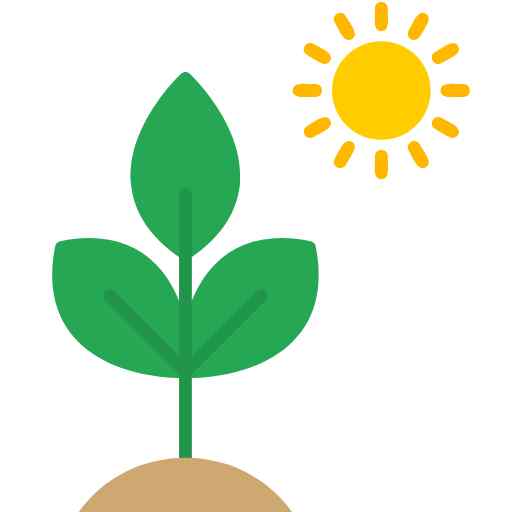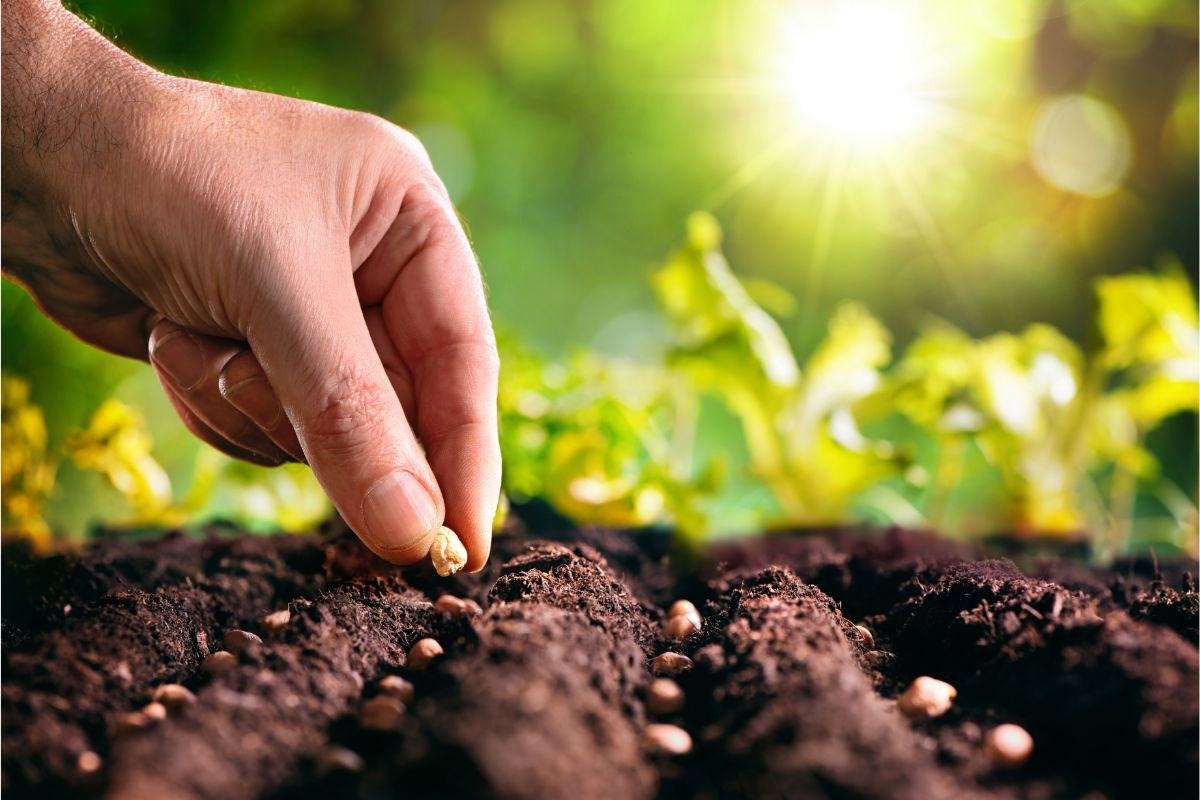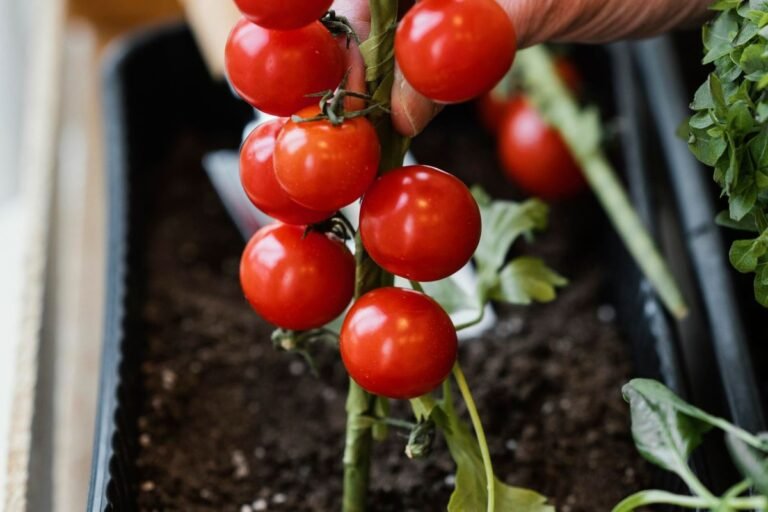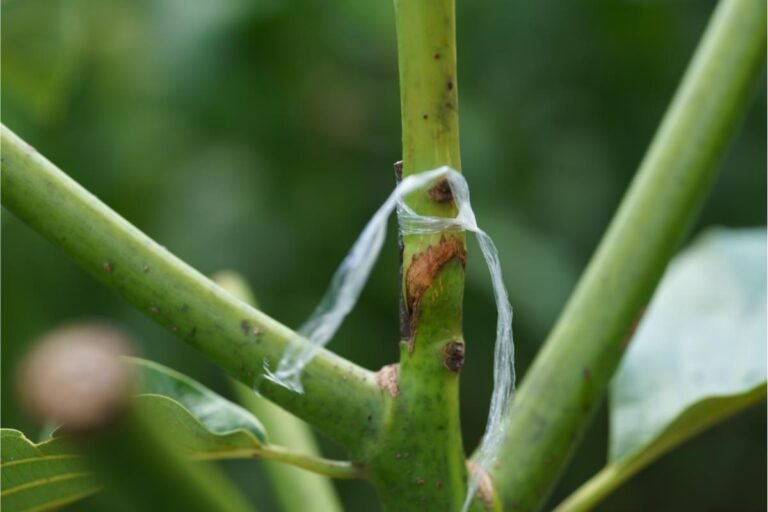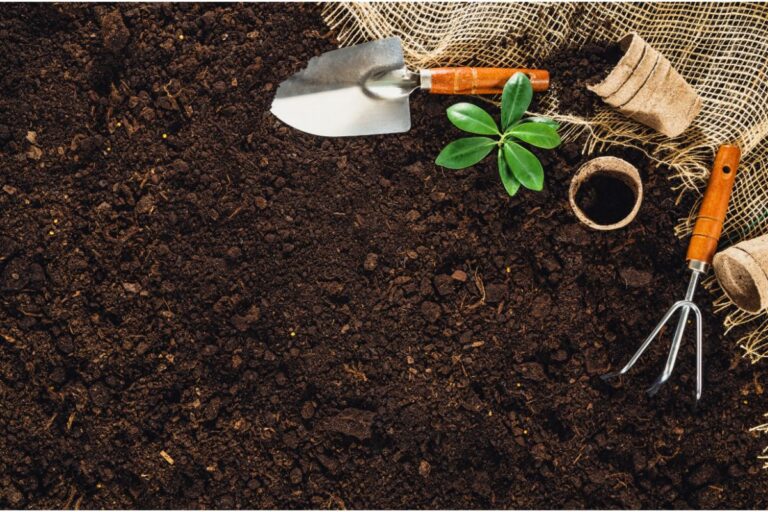Garden Soil: Sand’s Advantages and Disadvantages
Every single thing has a foundation. Like humans have a basis from which they can extract their energy and survive. Plants and vegetables follow the same rules. On a solid foundation, they also survive. If the foundation is weak, the plant or whatever you produce will be weak. Every gardener is aware that soil is the foundation for all plants, whether they be flowers, trees, shrubs, fruits, or vegetables. Depending on the fertility of the soil, a particular plant either germinates or not. The soil contains all the essential nutrients and resources that a specific plant or tree needs. If the soil is not great, you will be aware of the outcomes. Even the rest of the attempts are useless. So let’s talk about whether using sand in garden soil is beneficial or not. What are its benefits and drawbacks?
Why Use Garden Soil?
Soil, as we all know, is the foundation for any plant or tree that is planted. It is crucial to take into account the soil’s characteristics, nutrient availability, and needs. It’s vital to specify its type as well. How can it be made more fertile for plants?
When it comes to gardening, garden soil concerns should be given twice as much weight. The reason for this is that large areas, different types of soils, and little to no impact on overall productivity and yield are all characteristics of commercial agriculture settings.
Yet when it comes to the garden, the importance of the soil is greater because gardening is not conducted on a huge scale. Individuals must consider the soil while investing time and money in such small areas. Since it will ultimately determine the garden’s future.
Different Garden Soil Varieties
As you are aware, you must pay attention to your garden’s soil. Is adding sand to garden soil beneficial or not is a topic that is frequently discussed. Knowing the fundamental types of soil will help you choose which is ideal for your garden and which is more crucial.
Clay Soil
It is the hardest kind of soil. It can retain the water and typically stays chilly in the heat. This soil preserves nutrients nicely. Also, it benefits plants and vegetables that require a lot of water.
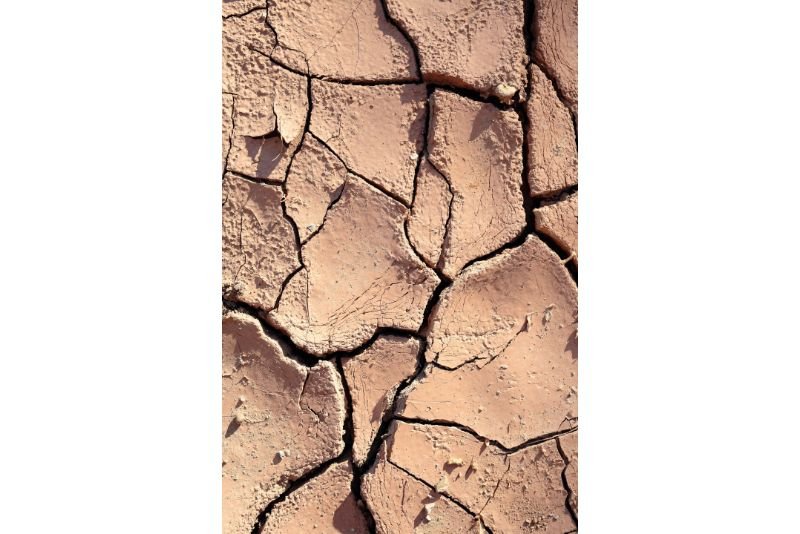
Loamy Soil
It is thought to be the soil type with the maximum fertility. Typically, it consists of three different types of soil, such as clay, sand, and silty soils. It has good air absorption and the ability to store nutrients. It may also contain stones that are useless for gardens.
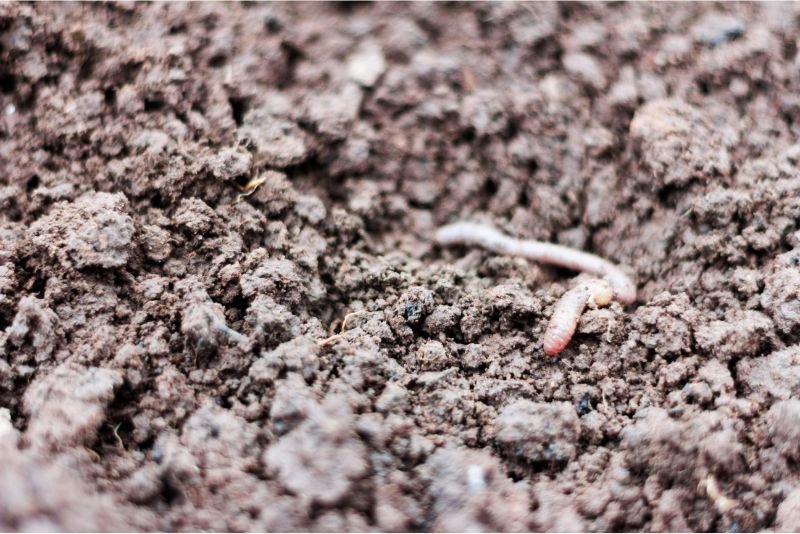
Silty Soils
In comparison to sandy soil, it is more productive. It has the potential to harden and condense. It can also develop a crust. It is less difficult to work with than clay soils.
Sandy Soils
Sandy soils are fine-grained and light. The particles are big and rounded. It may be acidic and lacking in nutrition. It can let fertilizer pour out of it. To manage sandy soils successfully, the soils must be mixed.
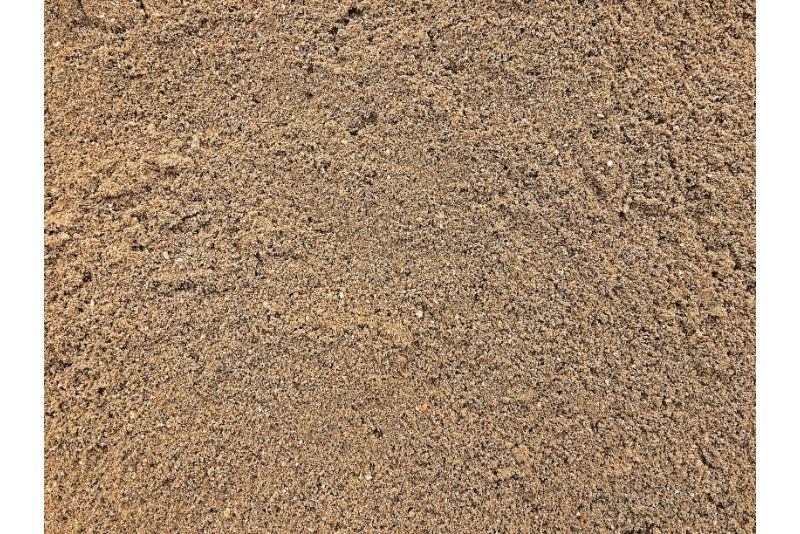
Is It A Good Idea To Add Sand To The Garden Soil?
As we’ve already discussed, sandy soils are made up of grains. It typically takes the form of granules. Depending on where you reside, it will have a particular hue and texture. It can differ from place to place. Minerals, Silica, and calcium carbonates are present in it. It has its perks and disadvantages.
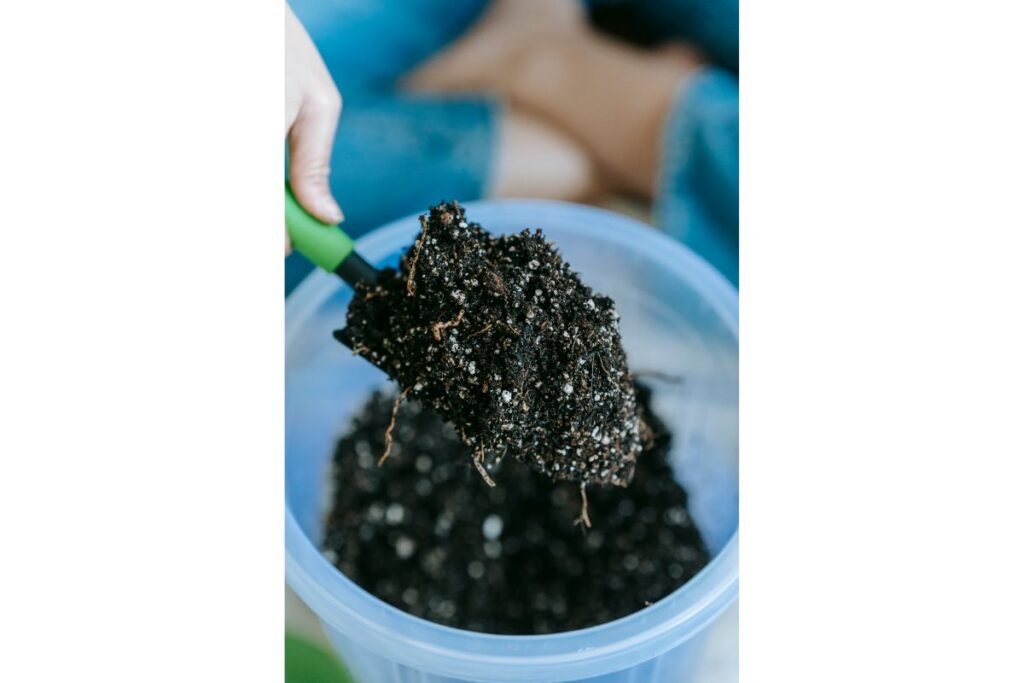
Indeed, sand in garden soil can be beneficial or detrimental. It relies on several variables. It is regarded as bad soil for gardening because of the high concentration of big grains. Nutrients also pass through it because it is unable to contain water.
The quality of the garden soil is influenced by several variables such as the quantity of sand in the garden soil, the sand’s texture, and color, etc. Regarding the plants being grown or the benefits from the soil, sand is typically employed in garden soils.
It is thought to be beneficial when combined with garden soil. But, each plant has specific needs, so you can combine them and modify them to the plant’s needs to make it work.
Benefits And Drawbacks Of Sand In Garden Soil
Everything we say, do, or use has two sides, as we all know. The sand is the same way. If combined properly, it can be advantageous when added to garden soil. If not, you wouldn’t be able to take sand’s advantages in garden soil. That will result in drawbacks.
Sand in garden soil can have a variety of benefits and drawbacks. Here, we’ll talk about the most important. You can use it to decide whether or not to add sand to the garden soil. If so, how much sand is there?
The Benefits Of Sand In Garden Soil
Seeds easily germinate in soil that contains sand. It will be very beneficial to get the seeds germinated by yourself, rather than buying the plants if mixed in the garden soil in the right proportion. Garden soil that contains sand warms up more quickly than typical garden soil.
It is perfect for seed growth because of its features. Because it hastens the germination process during the spring.
Hardening may occur in other soil types. The process of tilling changes. We cultivate the soil by hand, much like in the gardens. The soil’s sand content makes tilling simple. At the beginning of autumn or in the spring, you can easily till the soil.
Drawbacks Of Sand In Garden Soil
There are numerous advantages related to the sand in the garden soil. Yet, there are some drawbacks that sand has. You will notice the drawbacks of sand in your growing medium if you don’t mix it in the proper quantity. Thus, be careful of the following drawbacks.
Sand dries out pretty quickly. If the proportion of sand in your potting soil is more than it should be, that is not good. You’ll notice that you have to keep watering the plants.
It’s because sand often has larger grains than other types of soil. Hence, water simply drains away when you water seedlings in sandy garden soil. Therefore, the soil dries out.
Also, the sand has the obvious and significant drawback of having fertilizers drain out of it. Plants that are grown on sand will require more fertilizer. You will therefore require a reliable fertilizer plan for it.
The sandy soil frequently turns acidic as well. Either you plant plants that can resist acidic soil, or you eliminate them using various techniques.
In summary, there are more benefits to soil sand than drawbacks. Sand should be added to the soil while bearing in mind both its properties and those of the plants that will be grown in the sand-mixed potting soil.
